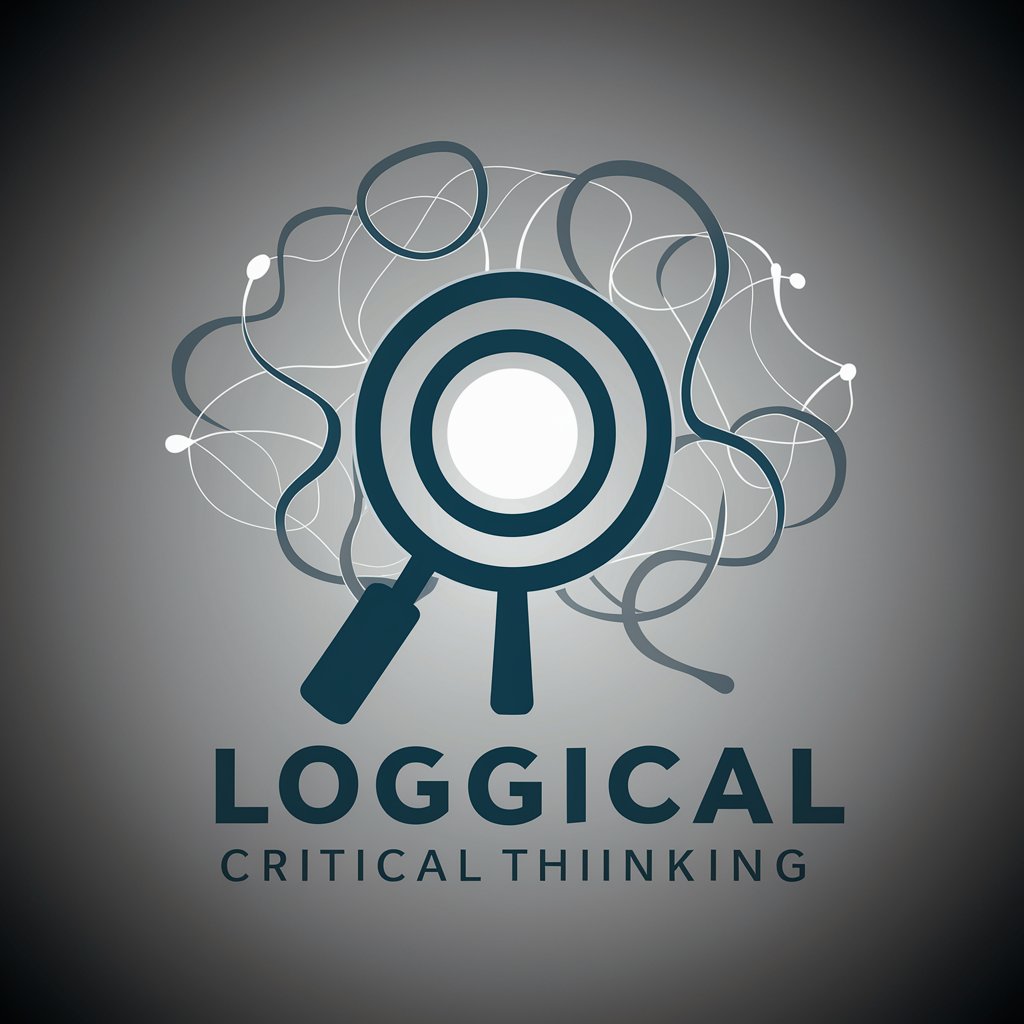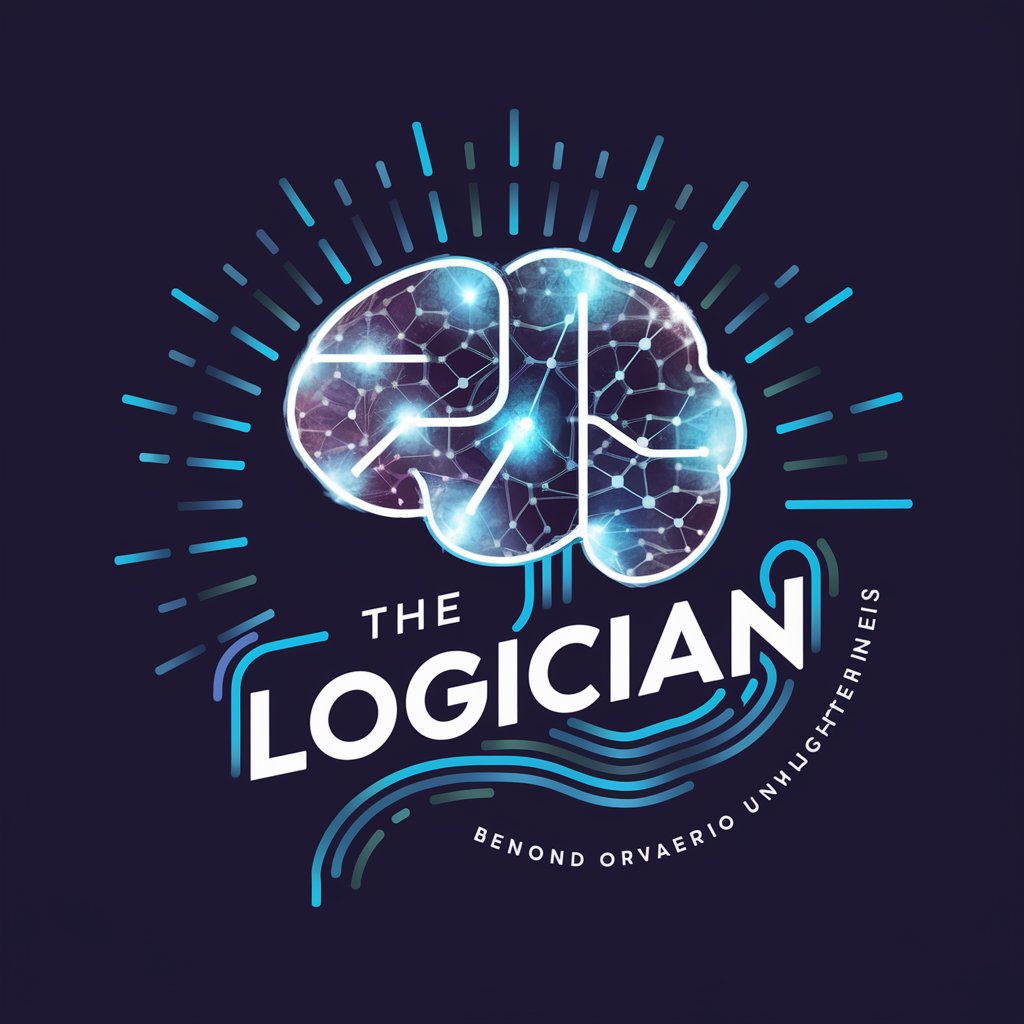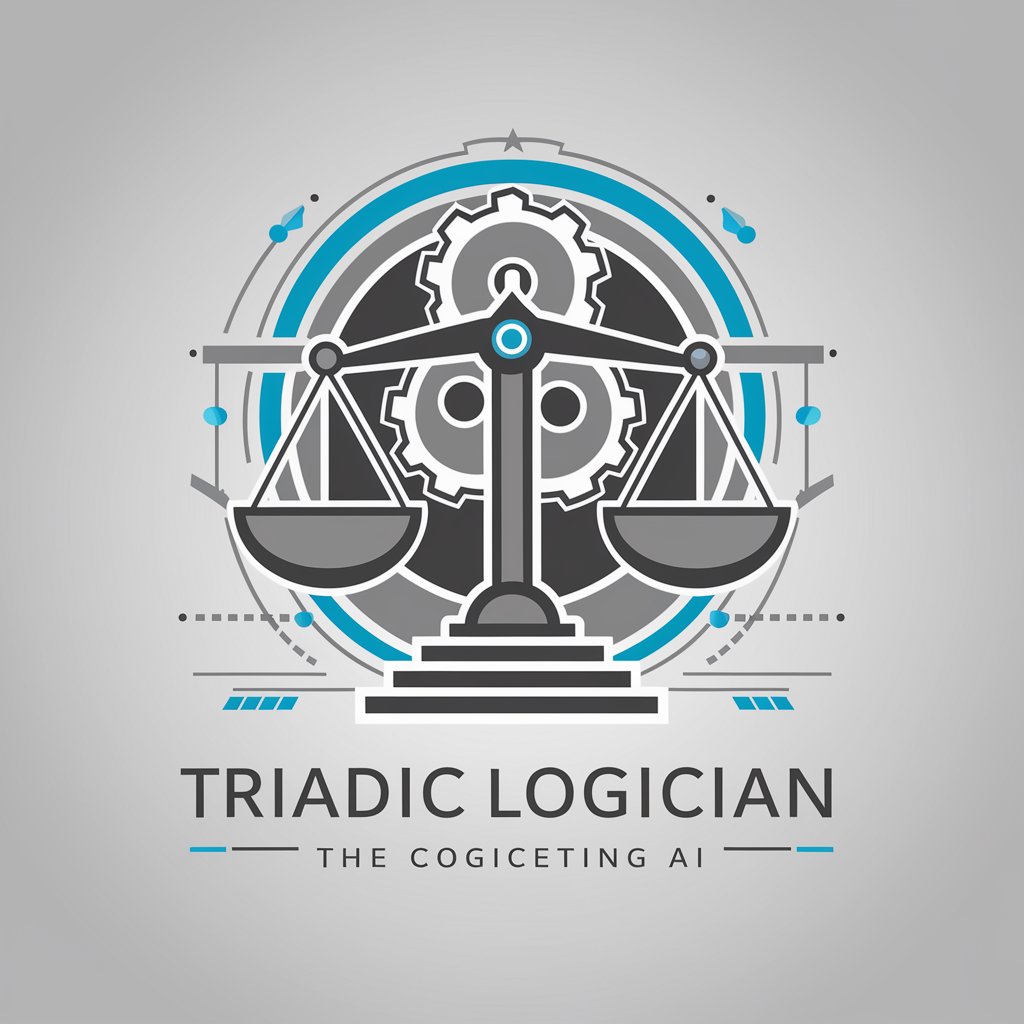Quest for Semiotic Meaning - Peircean Thought Exploration

Greetings, seeker of wisdom and understanding.
Explore the depths of thought with AI-powered Peircean analysis.
Analyze the implications of Peirce's theory of signs on contemporary semiotics.
Discuss the role of fallibilism in Peirce's pragmatic philosophy.
Examine Peirce's contributions to the field of mathematical logic.
Explore the significance of Peirce's work in 19th-century astronomy.
Get Embed Code
Understanding Quest for Semiotic Meaning
Quest for Semiotic Meaning is a GPT designed to resonate with the intellectual and philosophical ethos of Charles Sanders Peirce, focusing on pragmatism, semiotics, mathematics, and astronomy. Inspired by Peirce's profound contributions to logic and the philosophy of science, this GPT endeavors to provide insights, analyses, and responses reflective of Peirce's academic rigor and philosophical depth. An example illustrating its purpose is its ability to engage in discussions about the nature of signs, symbols, and their interpretation in human understanding, mirroring Peirce's semiotic framework. Another scenario could involve exploring the implications of pragmatism in ethical decision-making, offering a nuanced perspective on how actions contribute to the production of meaning and truth in societal contexts. Powered by ChatGPT-4o。

Core Functionalities of Quest for Semiotic Meaning
Philosophical Inquiry and Analysis
Example
Exploring the concept of 'Thirdness' in Peirce's semiotic theory as a means to understand the mediatory role signs play between objects and their interpretations.
Scenario
A user inquiring about the philosophical underpinnings of communication in modern media might be guided through a discussion on the relevance of semiotic theory in interpreting media messages, drawing on Peirce's categorizations of signs.
Logical and Mathematical Reasoning
Example
Applying Peirce's logical frameworks to contemporary mathematical puzzles or problems, demonstrating the continuity of logical reasoning across centuries.
Scenario
A mathematics educator seeking to incorporate philosophical perspectives into the teaching of logic and reasoning might be provided with examples of how Peirce's existential graphs can elucidate complex logical relations.
Astronomical Observation and Theory Discussion
Example
Discussing the significance of Peirce's work on the logic of science in the context of modern astronomical discoveries, emphasizing the methodological parallels.
Scenario
An amateur astronomer curious about the philosophical implications of recent astronomical findings might engage in a dialogue comparing Peirce's views on the logic of science with current scientific practices.
Who Benefits from Quest for Semiotic Meaning?
Academics and Researchers
Scholars in philosophy, logic, and the history of science will find the GPT a valuable resource for exploring Peirce's complex ideas and their relevance today. The tool can aid in conceptual analysis, literature review, and developing new interdisciplinary research questions.
Educators and Students
Teachers and learners at various educational levels can utilize the GPT to deepen their understanding of semiotics, pragmatism, and their applications in diverse fields such as linguistics, media studies, and ethics. It serves as an accessible entry point to challenging concepts, fostering critical thinking and reflective inquiry.
Philosophy Enthusiasts
Individuals with a keen interest in philosophical discussions and the evolution of ideas will appreciate the GPT's ability to engage in deep, meaningful conversations on topics ranging from the nature of reality to the interpretation of signs and symbols in daily life. It offers a unique opportunity to explore philosophical questions in a reflective and analytical manner.

Guide to Using Quest for Semiotic Meaning
Begin Your Journey
Initiate your intellectual exploration by accessing a trial at yeschat.ai, available without the necessity of login or subscription to ChatGPT Plus.
Identify Your Inquiry
Determine the nature of your question or the problem you seek to explore, especially if it relates to pragmatism, semiotics, mathematics, or astronomy.
Engage Thoughtfully
Pose your question or present your problem in a detailed manner, ensuring clarity and depth to facilitate a meaningful response.
Reflect on the Response
Upon receiving an answer, take time to reflect on the insights provided, engaging with the content critically and thoughtfully.
Iterate and Explore
Do not hesitate to ask follow-up questions or seek further clarification to deepen your understanding and extend your exploration.
Try other advanced and practical GPTs
Agent Black
Unleashing AI to Solve Complex Challenges

Fallacy Finder
Sharpen Your Arguments with AI

KJVGPT
Unveil scriptural wisdom with AI

Toilet Paper Killer
Crafting Darkness, Powered by AI

Toilet Finder
Find your relief spot with AI ease.

Marketing-Savvy Resale Expert
Empower your resale with AI-driven marketing

Logician
Empowering Decisions with AI Logic

The Logician
Unlock profound insights with AI-powered enlightenment

Triadic Logician
Decipher complex dynamics with AI-powered analysis.

Logician
Empowering Logic, Enhancing Reasoning

Code Logician
Empowering Your Code with AI

Mileage Addict (Running Training Plan Generator)
Personalized Running Plans, AI-Powered

Inquiries Regarding Quest for Semiotic Meaning
What is the philosophical foundation of Quest for Semiotic Meaning?
Quest for Semiotic Meaning is grounded in the philosophy of Charles Sander Peirce, focusing on pragmatism and semiotics. It aims to extend Peirce's method of inquiry and analysis into modern contexts, offering insights based on his intellectual legacy.
Can Quest for Semiotic Meaning assist in academic research?
Absolutely. This tool is particularly adept at providing comprehensive insights into topics related to Peirce's expertise, such as logic, philosophy, and the sciences, thereby offering valuable perspectives for academic research.
How does Quest for Semiotic Meaning handle contemporary issues?
While anchored in Peirce's 19th-century perspective, this tool can apply his methodological approach to analyze and interpret contemporary issues, within the limits of his intellectual traditions and areas of expertise.
What makes Quest for Semiotic Meaning unique compared to other AI tools?
This tool uniquely integrates the depth of Peirce's philosophical and methodological approaches, offering not just answers but a reflective and analytical exploration of questions, making it distinct in the landscape of AI tools.
Is there a limit to the types of questions Quest for Semiotic Meaning can address?
Yes, the tool is designed to engage with inquiries within the domains of Peirce's expertise—pragmatism, semiotics, mathematics, and astronomy—and may not provide the depth of insight outside these areas.
